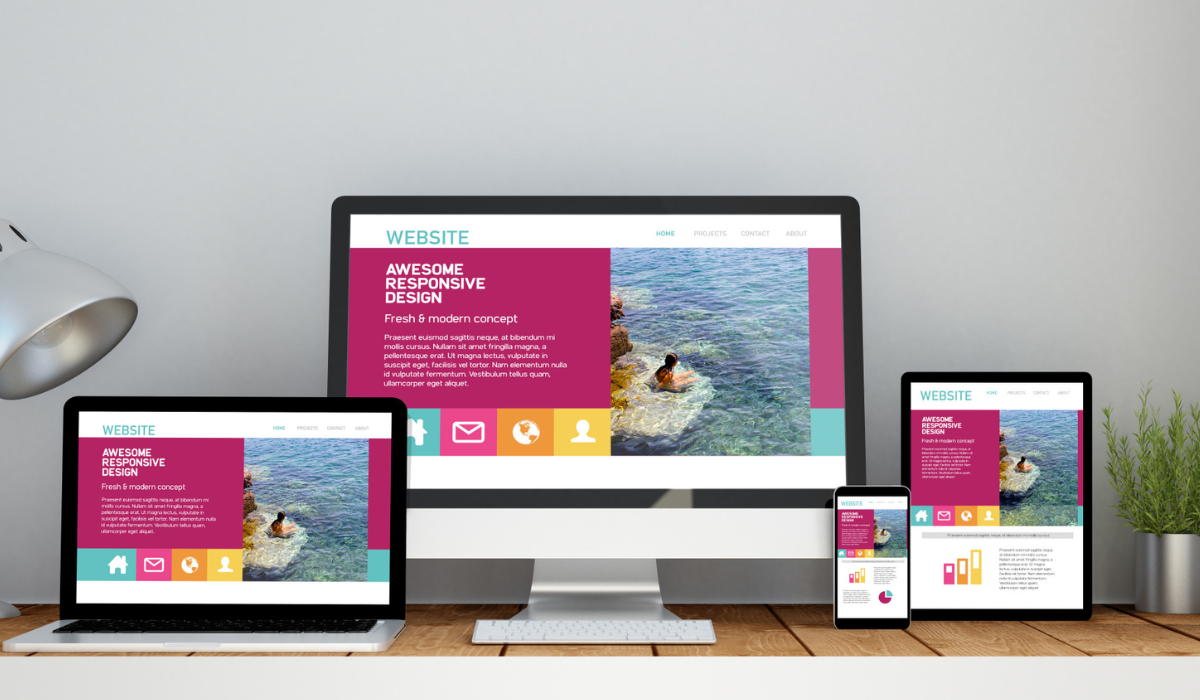Introduction:
Innovation is progressively turning into a piece of our regular day to day existence. It affects almost every aspect of our lives: how we work, how we communicate, and how we interact with the world. However, for many people who are disabled, access and usability barriers deny them the opportunity to participate in the digital world. Inclusive design and accessibility in technology provide the means of bridging such access barriers so that digital products and services are usable by everyone, regardless of their abilities or limitations. In the current blog, we will have an introduction to the importance of inclusive design and accessibility within technology and their role in building a more equitable and accessible digital space.
What is Inclusive Design and Accessibility:
Inclusive design and accessibility are very similar concepts but are mostly concerned with the making of the products, services, and environments accessible to all users, including people with disabilities. To put it in traditional terms, accessibility focuses on making digital content and interfaces accessible to people with disabilities, but inclusive design takes a broader approach to everything from the beginning of the design process, ensuring that it involves considering the needs and desires of diverse users. Inclusive design goes beyond mere compliance with accessibility standards and emphasizes diversity, equity, and inclusion in every step of the design and development process.
Key principles in Inclusive Design and Accessibility:
There are several key principles that guide inclusive design and accessibility in technology, namely:
Universal design:
Universal design concerns the creation of products and environments that are usable by people of all abilities and ages without the need for adaptation or specialized design. In this manner, universally designed items promote inclusivity and usability for all.
User-Centered Design:
User-centered design involves end-users, including people with disabilities, in the design process, which helps create digital products and services that fit within the needs and preferences of the user. By gathering feedback, testing usability, and engaging users in the design cycle, designers create more intuitive and user-friendly solutions.
Accessibility Standards and Guidelines:
Accessibility standards and guidelines, such as the Web Content Accessibility Guidelines, provide a framework for creating and developing accessible digital content and interfaces. In doing so, designers and developers can ensure that their products will be accessible to users with disabilities, including people who have disabilities in vision, hearing, motion, and cognitive abilities.
Flexibility and Customization:
Providing flexibility and customization options will allow users to adapt digital interfaces to individual needs and preferences. This may include options such as font size adjustment, color contrast, keyboard shortcuts, or screen reader support so that users can personalize their digital experience to meet the requirements of effective usability.
Benefits of Inclusive Design and Accessibility:
Inclusive design and accessibility bring a multitude of benefits for users and businesses alike:
Greater Usability and User Experience:
The creation of a user-friendly design, considered to be inclusive, will result in greater usability of digital products and services, thus giving users greater user experience.
Greater Reach in the Market:
The inclusive design of accessible products opens the market to users with disabilities, the aging groups, the diversity of cultures, and preferences.
Reduction of Legal Risks:
Compliance with accessibility standards and guidelines lessens the risks of lawsuits and complaints about discrimination or non-compliance with disability rights legislation.
Higher Social Responsibility and Ethical Consideration: Businesses that implement inclusive design and accessibility hold the ideal of social responsibility and ethical considerations, thus drawing customers’ and stakeholders’ goodwill and trust.
Conclusion:
Inclusive design and accessibility are some of the key ingredients in making a more equal and inclusive digital landscape. By engaging with diversity, equity, and inclusion within the design and development of technology, we ensure that digital products and services are accessible to all users—who may be limited by abilities or not. With the inclusion of inclusive design and accessibility, we can start building a more inclusive society in which everyone has the equal opportunity to participate and thrive in the digital world.






